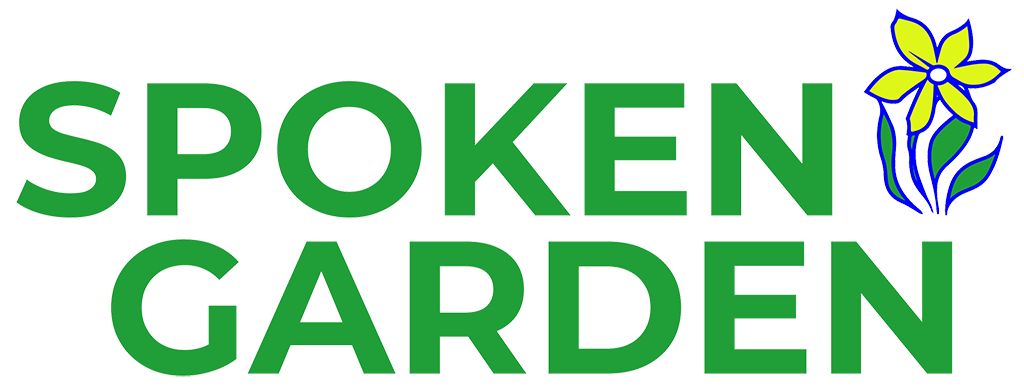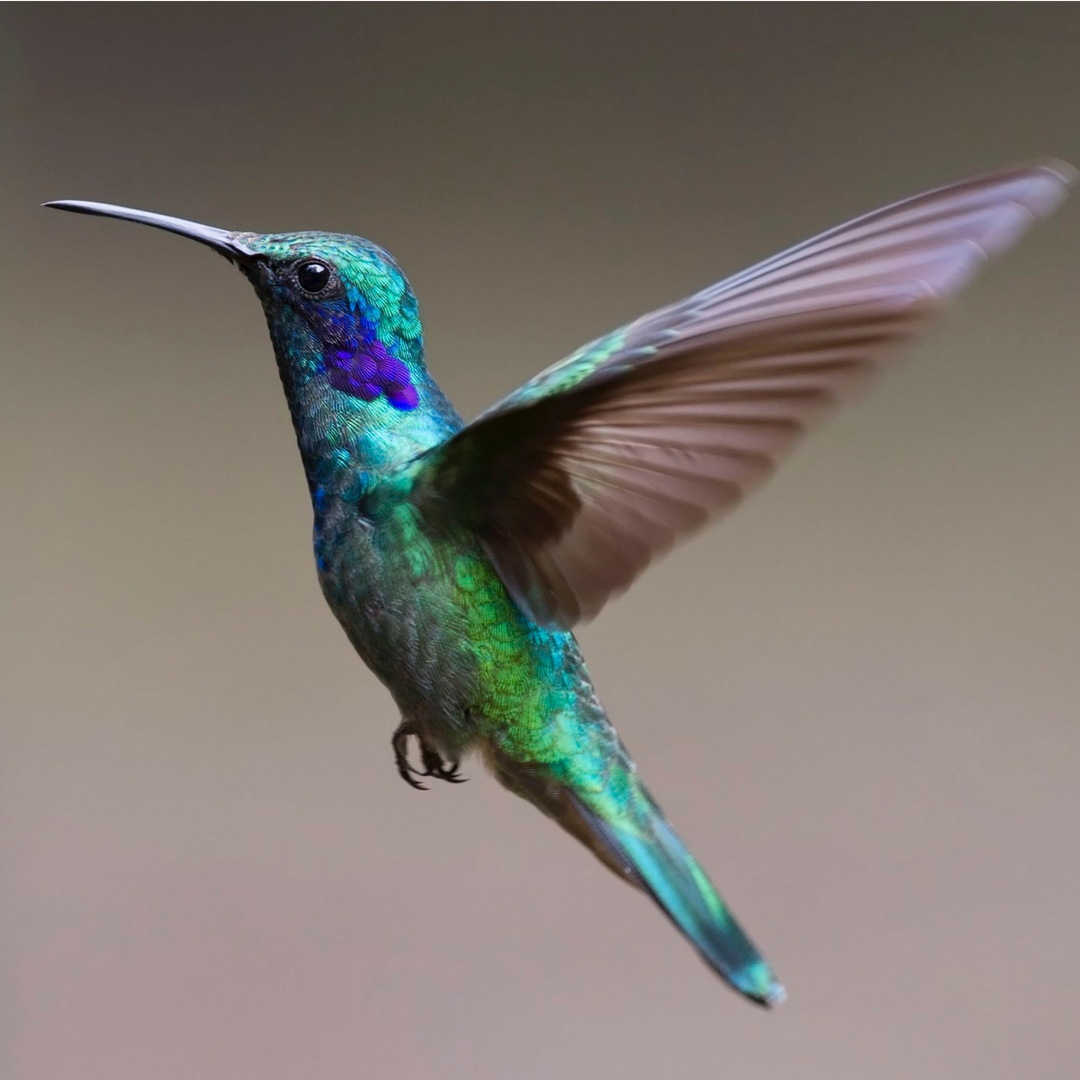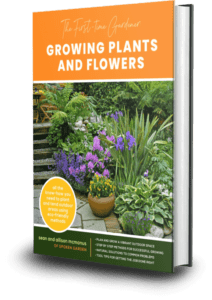There are about 200,000 different species around the world that qualify as a pollinator.
Each one is as important as the next because without them we wouldn’t eat.
What could possibly make one pollinator better than another? Can you pick a favorite?
There are just too many options!
Luckily, we did the hard work and narrowed down this giant list of possibilities to the 5 best pollinators!
By the end of this post, you will learn about the 5 BEST pollinators to attract to your garden, how to attract them, and why!
Read our Best Pollinators post to learn the following:
- What types of pollinators exist and why they’re important.
- Our top 5 best pollinator list.
- Examples of what to plant to attract each one.
Want to read this post later? Pin it here!
This post contains affiliate links. That means that if you click on any of the links we are promoting, we might get a small commission at no cost to you which helps us run our website and podcast.
Best Pollinators
First of all, there are so many different pollinators that visit our yards and gardens throughout the year.
What qualities could you use to select a list of best pollinators?
Amount of pollen transferred daily?
The number of plants visited within one hour?
What if you found out that some types of pollinators could also double as pest control agents?
For our list, we will touch on some of these facts below. Also, we’ll explain what makes these best pollinators on our list the best.
Second, depending on where you live, your garden might have visitors year-round, like hummingbirds or different types of seasonal insects.
Our list highlighted those that are either seasonal, migratory or potential year-round guests. Obviously, if you live in a cooler region, then you might not see many pollinators during the colder, winter months. Either way, using our list below you can plan now to attract them for the warmer seasons.
Finally, we offer suggestions for how to attract these specific pollinators to your own garden.
Naturally, all of the information below is our opinion.
Unfortunately, some of these species may not even be found in your area! The trick is to stay calm and relax.
There are most likely comparable critters that could substitute for any of the pollinators on our list!
Why Are Pollinators Important?
Pollinators are crucial to our environment for so many reasons, and they need our help. Bees, birds, and butterflies need you to give them an area to drink water, a place to rest, and plants full of nectar that they can eat. In return, they will fertilize plants, food, seeds, and nuts for you, your family, or your community to eat! It’ a win-win situation!
Without pollinators, many of your favorite flowers, trees, and shrubs would never bloom and blossom. Also, many of our food crops would not exist. Furthermore, a pollinator is important because it signals the sign of a healthy ecosystem.
For more information on pollinators, check out our previous post: “How to Attract Pollinators to Your Garden Like a Boss!”
List of Pollinators
Over 150,000 invertebrates and more than a thousand mammals, birds, reptiles, and amphibians take on the job of pollinating plants. Below are just a few of the many examples of each type:
Birds
- Hummingbirds
- Honeyeaters

Butterflies are in our top 5 best pollinators list
- Sunbirds
- Honeycreepers
Insects
- Bees, including Mason Bees, Bumblebees, Honey Bees, etc
- Butterflies
- Moths
- Wasps
- Mosquitoes
- Ants
Mammals
- Bats
- Rabbits
- Rodents
- Monkeys
- Humans
By the way, have you listened to our podcast yet? Check it out!
Best Pollinators You Should Attract To Your Garden Right Now:
1) Hummingbirds
Don’t underestimate these small pollinators.
Despite their tiny appearance, they are actually one of the most aggressive bird species, especially during mating season.
For this and so many other reasons, hummingbirds made the #1 spot on our best pollinators list.
For one thing, hummers are HUGE eaters!
They burn so many calories in one day that they constantly need to consume more nectar. They also eat pollen and insects.
In fact, most hummingbirds will visit about a thousand flowers a day, or multiple flowers a minute for perspective, pollinating as they travel.
Also, hummers are amazingly acrobatic. They can fly forward, backward, hover in mid-air, and even fly upside-down.
And, they’ve been known to reach speeds of up to 30 miles per hour while flying and 60 miles per hour while diving! That’s just plain awesome!
How to Attract Them:
On average, hummingbirds eat up to 7 times an hour, per day so they need access to a variety of food sources in your backyard.
They frequent hanging feeding stations which you can hang right outside your windows. We have several feeders hanging in our backyard but our favorite is the feeder hanging by our kitchen window.
Don’t forget to include access to some type of water station
Hummingbirds are attracted to reds, yellows, oranges, pinks, purples, etc.
To attract these guys, you should plan to fill your garden with all kinds of flowers and native plants.
Examples of general landscape plants they prefer:
- Fuchsias
- Salvia or Sage (Hot-Lips or Pineapple)
- Petunias
- Crocosmia
- Lilacs
- Delphiniums
- Agastache.
Year-Round Potential: Seasonal, Migratory, and Year-Round (depending on the species)
Some types of hummingbirds will remain as residents year-round in many backyards, including both Anna’s and Allen’s hummingbirds.
Rufous and Ruby-throated hummingbirds are migratory examples.
Any hummingbird could be considered seasonal.
General Tips/Fun Facts:
- There are close to 300 different varieties of hummingbirds, including Rufous, Anna’s, Allen’s, Costa’s, etc.
- Most hummingbirds are extremely territorial and defensive of their feeding stations. They will chase off other hummingbirds, butterflies, or other small birds they perceive as threatening.
- A great, easy recipe for hummer food: Boil one cup of water with 1/4 cup of sugar. Stir often. Remove from heat and let it cool before you fill up their feeding dishes.
- Never use that pinkish-red, store-bought “hummingbird food” that is often sold in new feeding dishes. Instead, make your own hummer food using the recipe above. The red dye could harm the little hummers.
- You can purchase a hummingbird feeder at many local nursery or home-improvement stores to place in your yard or attach to your house by a window to see all the action. By the way, you can find all kinds of hummingbird feeders with Wild Birds Unlimited at www.wbu.com .
Related Post/Podcasts:
2) Butterflies
Butterflies are a double threat kind of pollinator which is why they made the #2 spot in our best pollinators list.
Not only do they pollinate flowers and crops, but they look damn good while doing it.
With the grace and ease of a few flaps of their wings, butterflies can float around looking for nectar sources while covering fairly large distances.
Plus they are beautiful to watch.
True they may not pollinate as many flowers as bees, but they get around.
Maybe their title just changed to “triple threat?”
How to Attract Them:
Two types of plants that butterflies need are host plants and nectar plants.
Examples of host plants would be milkweed or parsley (depending on the type of butterfly).
Butterflies and moths need a place to land on the flowers that they visit, so they prefer broad, flat-faced flowers. They suck nectar from deep within the flower with their long, straw-like mouth-parts.
A water source is needed by butterflies as well as access to muddy puddles. You could also install salt or mineral licks in your yard to encourage butterflies.
Similar to the hummingbirds, butterflies are attracted to reds, yellows, oranges, pinks, purples, etc.
Examples of general 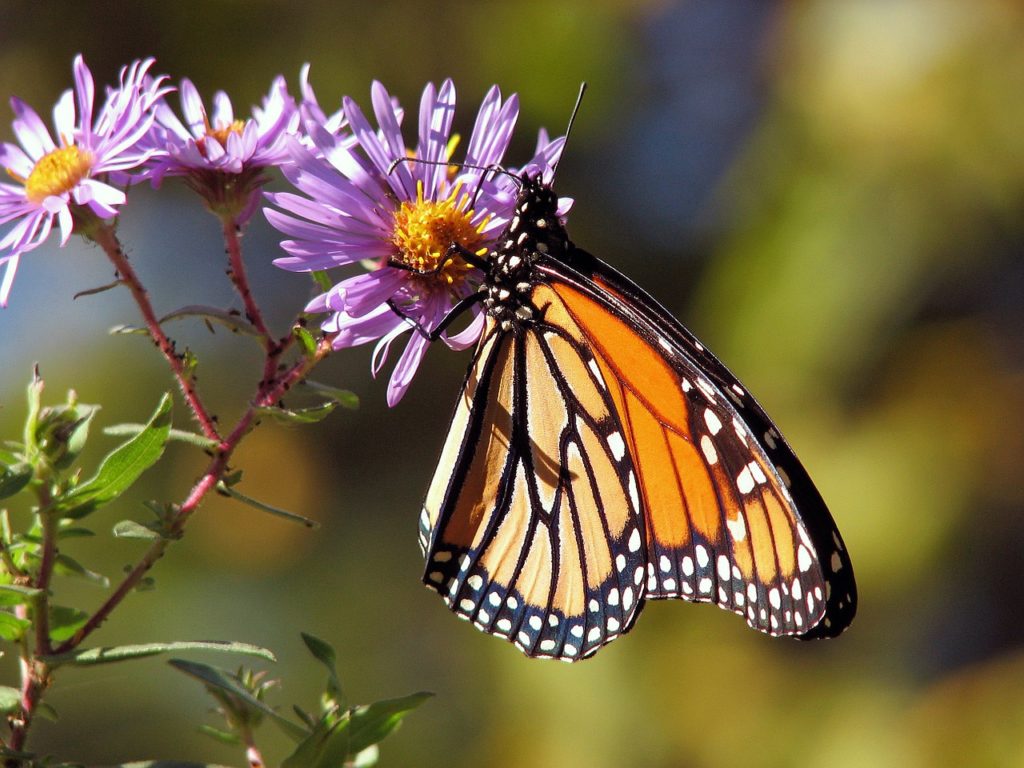
- Fuchsias
- Salvia or Sage (Hot-Lips or Pineapple)
- Petunias
- Crocosmia
- Lilacs
- Delphiniums
- Agastache.
Year-Round Potential: Seasonal
They are seasonal guests in nature. It really varies depending on the species and the time of year that the butterfly was born.
Some butterflies can overwinter as adults but most don’t have a very long lifespan.
General Tips/Fun Facts:
- In the United States alone, there are close to 750 different species of butterflies.
- Butterflies are found on every continent but Antarctica.
- Monarch butterflies have one of the longest migrations of any species! Their flights can last for thousands of miles, from Canada to central Mexico.
- Also, Monarchs are the only species of butterfly known to migrate at all.
Related Post/Podcasts:
- Ep 14: Garden Pollinators and Their Favorite Colors
- 9 Fruits and Vegetables To Plant Right Now For a Summer Harvest
3) Ladybugs
Ladybugs made the #3 spot in our list of best pollinators.
What’s not to love?
They are small, adorable, and harmless to humans.
They are also a double threat in the pollinator world. While they may look cute and cuddly, they are also vicious predators.
Big win for your garden!
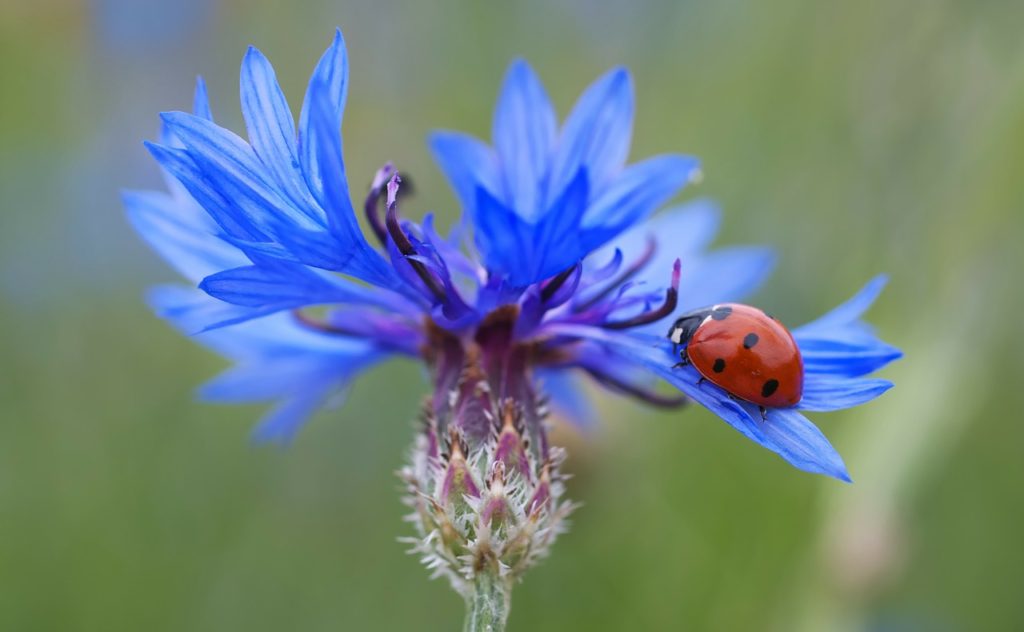
A Ladybug is a type of beetle and on our top 5 best pollinators list.
Ladybugs, which are a type of beetle, are natural enemies of many insects that we consider pests.
A single ladybug can eat as many as 5,000 aphids in its lifetime!
Some might argue that ladybugs are not considered pollinators at all.
However, ladybugs do pollinate flowers and vegetable plants as they visit the blooms to feed on pollen and nectar. They then carry it to new flowers.
How to Attract Them:
Ladybugs and other types of beetles prefer flowers with lots of pollen, dull white or green in color, and mild in odor.
A few examples of plants that will attract these cute little predators:
- Garlic
- Dill
- Cilantro
- Calendula
- Cosmos
- Coneflowers.
Year-Round Potential: Seasonal
They are a seasonal insect that hibernates in the winter.
4) Mason Bees
Coming in at #4 on our best pollinators list are these fantastic, little creatures, Mason bees.
While not year-round pollinators, these are one of the most productive pollinators in the Pacific Northwest, where they are native.
Mason bees are one of over 600 kinds of bees calling Washington State home and part of the 6000 kinds of bees in the United States alone.
Starting around mid to late March, you can see these little bees, without stingers, buzzing around.
They will visit plants 300 feet in any direction from their nest and are active until June.
Bonus…they are very docile and don’t sting!!
You can even rent a small hive in the early Spring! (For more info on renting your own mason bees check out www.rentmasonbees.com).
A single female mason bee can pollinate the same amount of flowers that it takes 400 honeybees to pollinate.
Also, mason bees will pollinate about 95% of all the flowers they land on where honeybees will only pollinate 5% they land on. Amazing!
How to Attract Them:
First and foremost, plant native plants in your garden.
Mason bees will visit non-native plants, too, so try to have a variety of plants if you can.
Choose plants that will continuously flower in your yard from March-late June to ensure enough food sources.
Water sources, like a birdbath or even bowls of water placed in different spots around your garden, will help them stay hydrated.
They will also need to have a clay-source nearby when they are ready to lay their eggs as they pack the clay around it for protection.
Examples of general landscape plants they prefer:
- Red-Flowering Currant
- Service Berry
- Oregon Grape
- Bitter Cherry
- Pacific Ninebark
- Salmon Berry
- Red Elderberry.
Year-Round Potential: Seasonal
They are seasonal pollinators with a yearly life cycle. They are only active in the Springtime (March to June).
General Tips:
- Make sure to place the mason bee house in a very sunny location where it won’t get too wet and gets full sun most of the day. Afternoon sun is best and it should be up off the ground.
- Have a readily available source of clay very close to the bee house for the bees to gather what they need when laying their eggs. It will need to be kept moist all the time so it is easiest for the bees to collect and haul.
- Beeeee sure (HA!) to cover the bee house with some type of ¼” or ½”chicken or garden wire fencing so the bees and their eggs are protected from predators.
Related Post/Podcasts:
5) Bumblebees
Bumblebees conclude our best pollinators list for so many reasons.
They are great pollinators overall, probably one of the best.
First of all, look at them! They are so cute and fuzzy!
However, their secret weapon is their fuzzy coat actually collects pollen as they buzz around.
Bumblebees are extremely hard-working, efficient, and speedy.
They can visit twice as many flowers as honeybees!
They will actually work and work until they have extracted all the pollen they can find, often digging into those “hard-to-extract” areas of flowers.
These guys live in nests of 40 up to a few hundred fellow bees, however, they are solitary pollinators.
Similar to the mason bees, bumblebees are pretty docile, but unlike the mason bees, they do have a stinger, so don’t harass them too much or threaten their nest.
Starting around March or April, when temperatures start to warm up, the queen bees will wake up and build their nests.
They are one of the first bees to become active in spring and will remain active until late summer or even late fall. Talk about a long season!
How to Attract Them:
Bumblebees are attracted to greens, blues, and violets so definitely keep color in mind.
They will also visit red flowers even 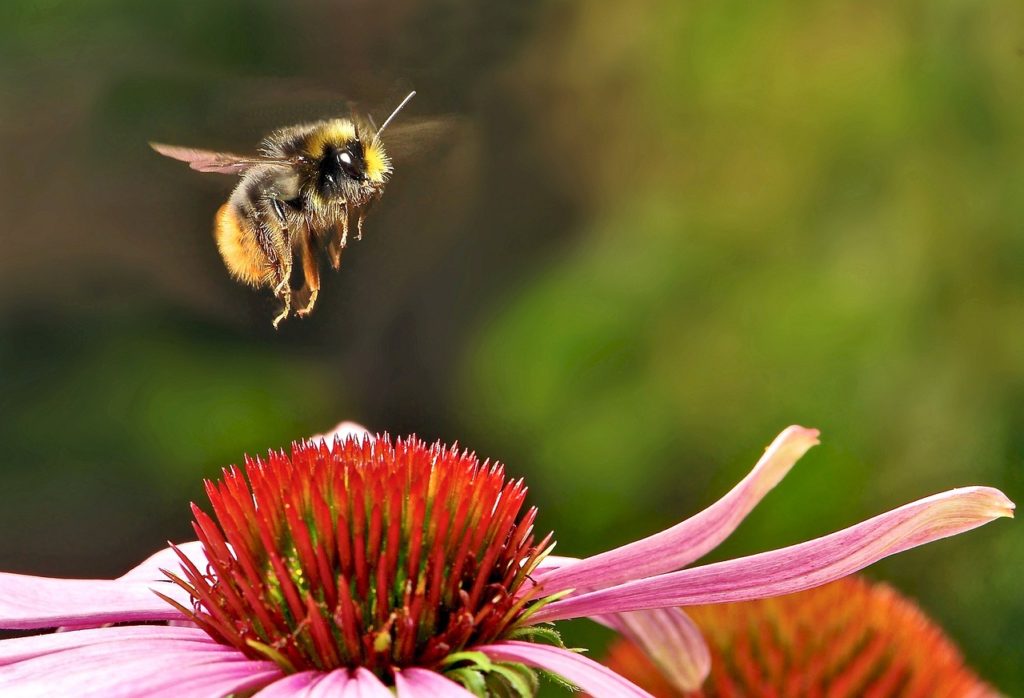
In addition to flower color, make sure to plant native species around your garden.
Just like the other pollinators on our list, remember to have access to water stations.
For example, you could place shallow dishes of water around flowers, or keep a fountain going with pebbles in it for bees to sit on.
General landscape plants they prefer:
- Lilacs
- Black-Eyed Susan
- Asters
- Ceanothus
- Rhododendrons
- Azaleas.
Year-Round Potential: Seasonal
Bumblebees are seasonal pollinators. Queens will mate and then hibernate until spring. Each spring season, they will wake up, build their nests and then start the whole cycle over.
General Tips:
- There are about 250 species of Bumblebee worldwide.
- Bumblebees can sting multiple times (as opposed to a honeybee which can only sting once before dying).
- They rarely sting unless they are provoked or feel threatened.
Conclusion
Overall, it’s not like there is a title for “World’s Best Pollinators,” but there should be. These amazing creatures are the true workhorses of our yards and gardens.
Bee sure (pun intended, again) to have a variety of plants in your yard with a variety of flower shapes, aromas, and sizes.
Also, a great number of these plants should be native species. This will attract larger numbers and more variety of pollinators to your yard.
Plan to have flowers blooming in your yard from the start of spring to mid or late fall so pollinators will continue to be in your yard throughout most of the year.
Related Post/Podcasts:
- 3 Things Gardeners Should Consider Before Planting a Vegetable Garden
- Ep 18: Vegetable Gardening, Part 1
Well, that’s all for now.
Thanks for reading and we hope we inspired you or educated you in some way. For information about designing your garden, listen to our podcasts on our podcast page or drop-down menu. Make sure to watch for our upcoming post where we will profile the Crocosmia, a true love of most of the pollinators from our list above.
Which of these top 5 best pollinators is your favorite? Which do you hope to attract to your garden?
Let us know if you have any questions or comments anytime, we would love to help.
See you in the garden!
~ Sean and Allison
P.S. If you enjoyed this post, can you help us out by sharing it?
P.P.S. Follow us on Pinterest, Twitter, Facebook, and Instagram so you don’t miss a thing!
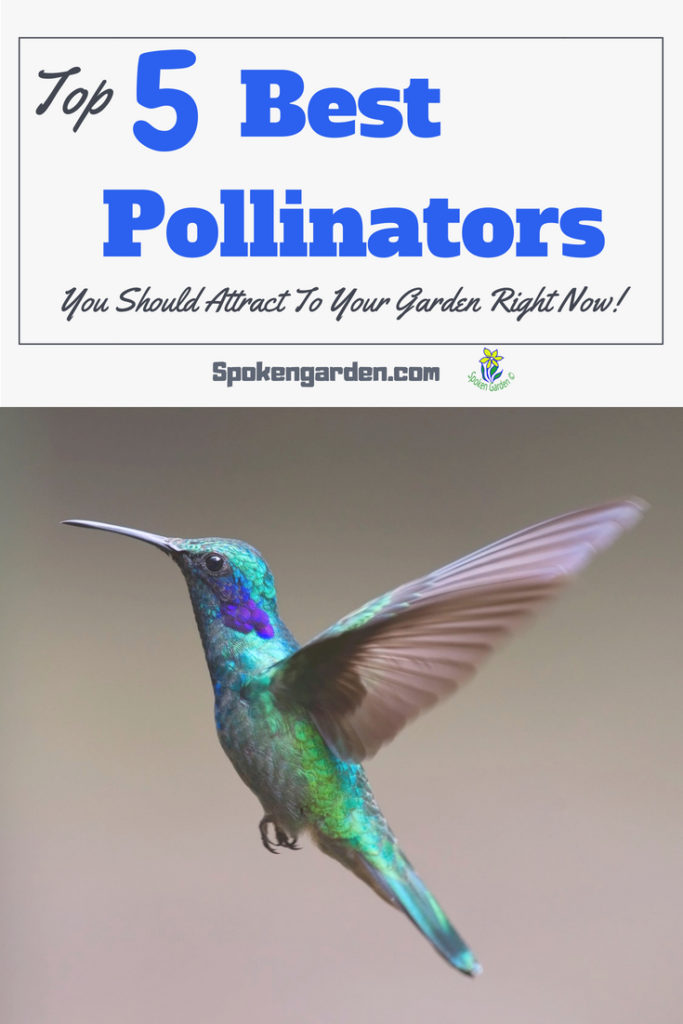
Spokengarden.com is a participant in the Amazon Services LLC Associates Program, an affiliate advertising program designed to provide a means for sites to earn advertising fees by advertising and linking to Amazon.com
